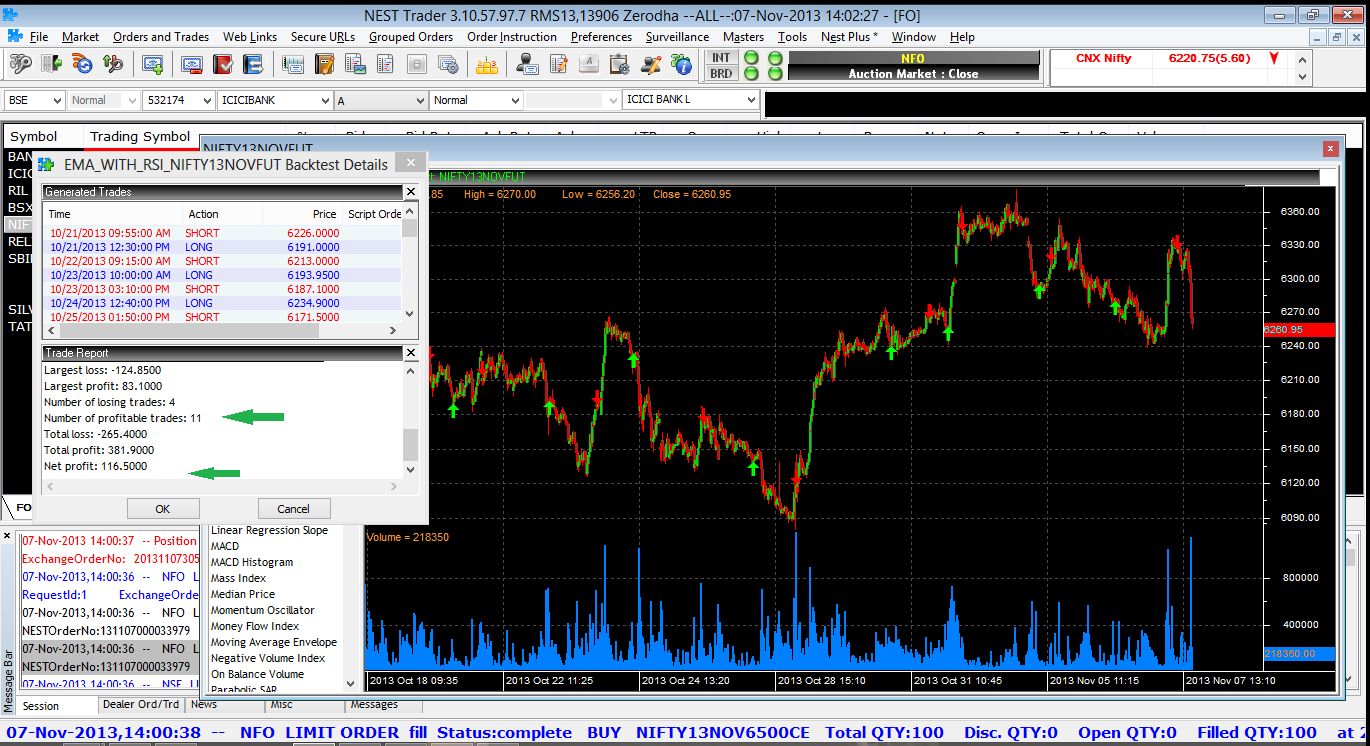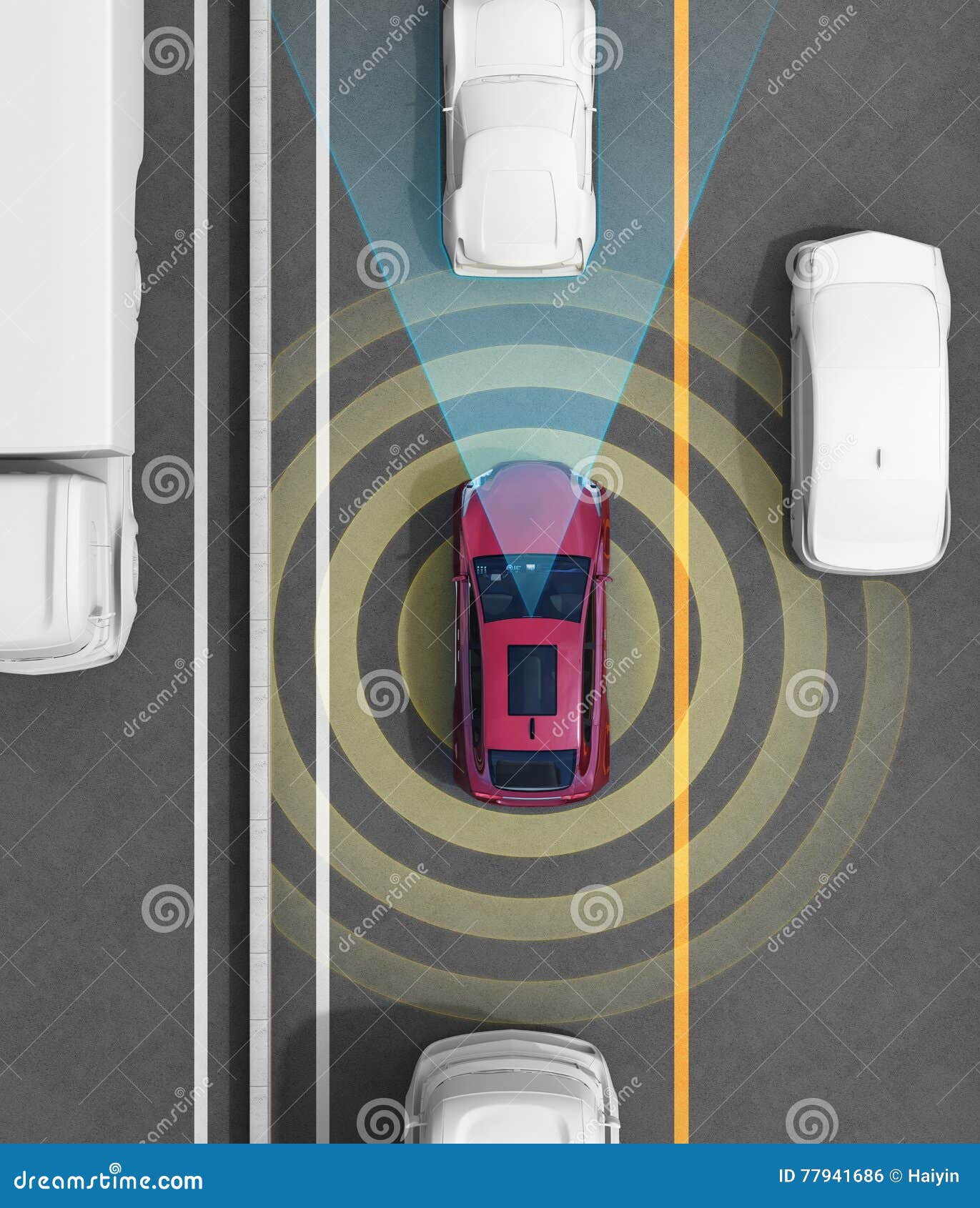Crossover Autoclicker
Auto clicker/ macros. So about a month ago i was banned from D2 unfortunately for using an Auto clicker to turn in Materials. This all happened with the rampant Trials cheaters whilst I was playing. The support it really bad not gonna lie. The fact they say they 'Don't have to answer your questions or at all reply at all' really makes me mad. .SUBSCRIBE FOR MORE: me on all my social media Accounts!https://www.twitter.com/MarcelasHowardhttps://www.insta.
- Crossover Auto Clicker Download
- Crossover Auto Clicker Free
- Crossover Auto Clicker App
- Crossover Auto Clicker Online
An Ethernet crossover cable is a crossover cable for Ethernet used to connect computing devices together directly. It is most often used to connect two devices of the same type, e.g. two computers (via their network interface controllers) or two switches to each other. By contrast, straight throughpatch cables are used to connect devices of different types, such as a computer to a network switch.
Intentionally crossed wiring in the crossover cable connects the transmit signals at one end to the receive signals at the other end.
Many network devices today support auto MDI-X capability, wherein a patch cable can be used in place of a crossover cable, or vice versa, and the receive and transmit signals are reconfigured automatically within the device to yield a working connection.
Motivation[edit]
The 10BASE-T and 100BASE-TX Ethernet standards use one wire pair for transmission in each direction. This requires that the transmit pair of each device be connected to the receive pair of the device on the other end. The 10BASE-T standard was devised to be used with existing twisted pair cable installations with straight-through connections.
When a terminal device (with an MDI port) is connected to a switch or hub, this crossover is done internally in the switch or hub (MDI-X port). A standard straight-through cable is used for this purpose where each pin of the connector on one end is connected to the corresponding pin on the other connector.
One terminal may be connected directly to another without the use of a switch or hub, but in that case, the crossover must be done in the cabling. Since 10BASE-T and 100BASE-TX use pairs 2 and 3, these two pairs must be swapped in the cable. This wiring scheme constitutes a crossover cable. A crossover cable may also be used to connect two hubs or two switches on their upstream ports.
Because the only difference between the T568A and T568B pin and pair assignments are that pairs 2 and 3 are swapped, a crossover cable may be envisioned as a cable with one modular connector following T568A and the other T568B (see TIA/EIA-568 wiring). Such a cable will work for 10BASE-T or 100BASE-TX.

The polarity of each pair is not swapped, but the pairs crossed as a unit: the two wires within each pair are not crossed.[1]
To | MDI | MDI-X | Auto MDI-X |
|---|---|---|---|
| MDI | crossover | straight | any |
| MDI-X | straight | crossover | any |
| Auto MDI-X | any | any | any |
Automatic crossover[edit]
Crossover Auto Clicker Download
Introduced in 1998, this made the distinction between uplink and normal ports and manual selector switches on older hubs and switches obsolete.[2] If one or both of two connected devices has the automatic MDI/MDI-X configuration feature, there is no need for crossover cables.
Although Auto MDI-X was specified as an optional feature in the 1000BASE-T standard,[3] in practice it is implemented widely on most interfaces.
Besides the eventually agreed upon Automatic MDI/MDI-X, this feature may also be referred to by various vendor-specific terms including: Auto uplink and trade, Universal Cable Recognition and Auto Sensing.
1000BASE-T and faster[edit]
In a departure from both 10BASE-T and 100BASE-TX, 1000BASE-T and faster use all four cable pairs for simultaneous transmission in both directions through the use of telephone hybrid-like signal handling. For this reason, there are no dedicated transmit and receive pairs. 1000BASE-T and faster require either a straight or one of the crossover variants only for the autonegotiation phase. The physical medium attachment (PMA) sublayer provides identification of each pair and usually continues to work even over cable where the pairs are unusually swapped or crossed.[4]
Fiber[edit]
For most optical fiber variants of Ethernet, fibers are used in pairs with one fiber for each direction. The transmitter on one end of the connection needs to be connected to the receiver on the other and vice versa. For this, fiber patch cables with duplex connectors are normally configured as crossover as is the on-premises wiring.[citation needed] Thus, a simple connection with two patch cables at each end and a section of fixed cable in the middle has three crossovers in total, resulting in a working connection. Patch cable crossovers can usually be reconfigured very easily by swapping the connectors within a duplex bracket if required.
Pinouts[edit]
In practice, it does not matter if non-crossover Ethernet cables are wired as T568A or T568B, just so long as both ends follow the same wiring format. Typical commercially available 'pre-wired' cables can follow either format depending on the manufacturer. What this means is that one manufacturer's cables are wired one way and another's the other way, yet both are correct and will work. In either case, T568A or T568B, a normal (un-crossed) cable will have both ends wired identically according to the layout in either the Connection 1 column or the Connection 2 column.
Half crossed[edit]
Certain equipment or installations, including those in which phone and/or power are mixed with data in the same cable, may require that the 'non-data' pairs 1 and 4 (pins 4, 5, 7 and 8) remain un-crossed. This is the most common kind of crossover cable.

| Pin | Connection 1: T568A | Connection 2: T568B | Pins on plug face | ||||
|---|---|---|---|---|---|---|---|
| signal | pair | color | signal | pair | color | ||
| 1 | BI_DA+ | 3 | white/green stripe | BI_DB+ | 2 | white/orange stripe | |
| 2 | BI_DA- | 3 | green solid | BI_DB- | 2 | orange solid | |
| 3 | BI_DB+ | 2 | white/orange stripe | BI_DA+ | 3 | white/green stripe | |
| 4 | 1 | blue solid | 1 | blue solid | |||
| 5 | 1 | white/blue stripe | 1 | white/blue stripe | |||
| 6 | BI_DB- | 2 | orange solid | BI_DA- | 3 | green solid | |
| 7 | 4 | white/brown stripe | 4 | white/brown stripe | |||
| 8 | 4 | brown solid | 4 | brown solid | |||
Fully crossed[edit]
| Pin | TIA/EIA 568-A | TIA/EIA 568-B | ||
|---|---|---|---|---|
| Normal | Crossover | Normal | Crossover | |
| 1 | white/green stripe | white/orange stripe | white/orange stripe | white/green stripe |
| 2 | green solid | orange solid | orange solid | green solid |
| 3 | white/orange stripe | white/green stripe | white/green stripe | white/orange stripe |
| 4 | blue solid | white/brown stripe | blue solid | white/brown stripe |
| 5 | white/blue stripe | brown solid | white/blue stripe | brown solid |
| 6 | orange solid | green solid | green solid | orange solid |
| 7 | white/brown stripe | blue solid | white/brown stripe | blue solid |
| 8 | brown solid | white/blue stripe | brown solid | white/blue stripe |
See also[edit]
References[edit]
- ^Charles E. Spurgeon (2000). Ethernet: the Definitive Guide. O'Reilly Media. p. 247. ISBN978-1-56592-660-8.
- ^Daniel Dove (February 1998). '1000BASE-T Automatic Crossover Algorithm'(PDF). Presentation to IEEE 802.3ab working group. Retrieved June 17, 2011.
- ^ Clause '40.4.4 Automatic MDI/MDI-X Configuration' in IEEE 802.3-2008: ('IEEE 802.3-2008, Part 3'(PDF). 2010-06-22. p. 192. Retrieved 2011-02-07.
Implementation of an automatic MDI/MDI-X configuration is optional for 1000BASE-T devices.
) - ^IEEE 802.3-2012 40.1.4 Signaling
- ^Crossover Cable for 10BASE-T and 100BASE-TX
Crossover Auto Clicker Free
Simulate automated mouse clicks, specify the clicking speed, as well as create hotkeys for starting and stopping the script using this portable app
What's new in Mini Auto Clicker 1.4:
- Icon creators
- Fixed possible hotkey overlay crossovers
- Small design refines
Mini Auto Clicker is a tiny and portable utility that offers a very simple method for creating automated mouse clicks. It contains only a few basic options that should especially cater to beginners. Advanced users are probably interested in richer customization preferences.
No installation required
Since it's wrapped in a portable package, the app's executable file can be saved in any part of the hard disk or on a removable storage unit, in order to directly run it on any PC with minimum effort and no previous installers. More importantly, it doesn't make any modifications to the Windows registry.
Simulate mouse clicks and set the speed
The UI is user-friendly, made from a small window that provides direct access to all available properties. Mini Auto Clicker is capable of simulating left, right or middle mouse click.
It lets you specify the clicking speed in milliseconds, and it also facilitates a small area for testing the clicks, displaying the count of left, middle and right clicks.
Specify hotkeys for starting and ending the script
Crossover Auto Clicker App
Two distinct keyboard shortcuts can be configured for starting and stopping the repetitive action (one key for each command). Alternatively, you can allow automatic mouse clicking only when you're holding down a specific hotkey.
Apart from the fact that you can stop the clicking and minimize the main application window to the taskbar to make it non-intrusive, there are no other noteworthy settings provided by the tool.
Evaluation and conclusion
As we expected, it left a small footprint on computer performance in our tests, using low CPU and memory. It didn't hang, crash or prompt error messages.

On the other hand, Mini Auto Clicker is equipped with few options, and it doesn't give you the possibility to set a combination of at least two keys, since one key for starting the mouse clicking script can seamlessly interrupt your regular PC activity when not using Mini Auto Clicker.
Filed under
Mini Auto ClickerCrossover Auto Clicker Online
was reviewed by Elena OprisMini Auto Clicker 1.4
add to watchlistsend us an update- runs on:
- Windows 10 32/64 bit
Windows 8 32/64 bit
Windows 7
Windows Vista
Windows XP - file size:
- 1.2 MB
- filename:
- Mini Auto Clicker v1.4.zip
- main category:
- System
- developer:
- visit homepage
top alternatives FREE
top alternatives PAID